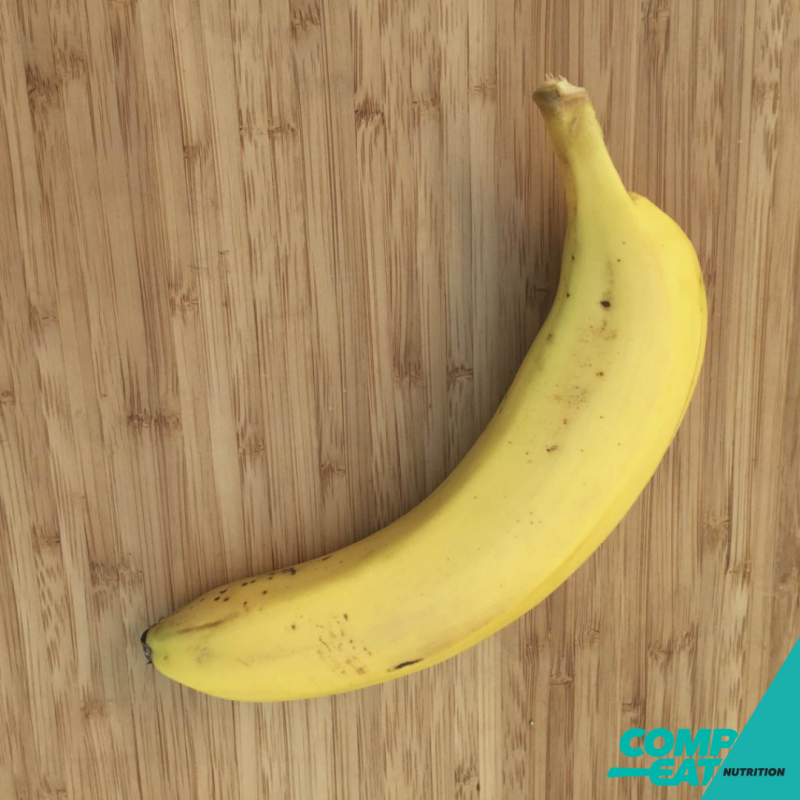Training and Racing Portables – Part One (Sweet)
Throughout the base phase training of winter and early Spring, it is the perfect time to start to consider your nutrition intake and timing during training sessions. Training in this phase of the season can be extremely intense, so taking in some nutrition will assist in getting a high-quality return on your efforts. However, it is also a good time to manage your intake of commercial sports foods – Doing so allows you to become better adapted to fuelling, reduces the risk of flavour fatigue come racing season, and helps to save some serious coin!
So how do you maximise training adaptations while still taking in quality nutrition? Wholefood options can be just as effective as the bought stuff – and the market for selling these types of options is expanding for that reason. However, let’s talk strategies that will allow you to easily make some options at home, for a fraction of the price! In part one, we’ll go through the best portables of the sweet kind. In part 2 we’ll flip the switch and look at the Compeat Nutrition savoury options.
When to use wholefoods vs sports foods:
Although whole foods are a great option, they can cause havoc to your training or racing if used at the wrong time. The main reason for this is that they need a lot more digesting than what you will need for sports drinks, gels or chews. As such, it is best to avoid wholefoods when the intensity of the session (or race) is higher – e.g. if doing repeat efforts, time trials or hill climbs.
What are the things you want to look for in a good portable?
Nutrition:
Nutrition wise, you want a snack option that contains primarily carbohydrate. This will then be complemented with smaller amounts of proteins and fats depending on the recipe. This is why you will often find portable snacks based on higher carb options such as rice, oats, syrups and dried fruits.
Texture:
Beyond that though, it needs to be moist enough that you are able to chew and swallow the snack without struggling to breathe. There is nothing worse than trying to eat something on the bike that is too dry and leaves you fighting for oxygen and doing a dry cough!
Accessibility:
The snack needs to be a convenient size to fit in pockets/bags, while also being easily opened and eaten. This all comes down to packaging! Options that work well are small sandwich bags or baking paper. Having options in bite-sized pieces can also be super handy.
Wholefood Snacks Ideas on the Sweeter Side
Bananas:
Of course! The original sports food! For easy access, cut the banana in half before putting it in your back pocket – this makes one-handed peeling much easier.

As this is based on good amounts of bananas, the texture of banana bread tends to be perfect while exercising as it is much moister than other options. Perfect for when you still have a whole bunch of overripe bananas to use!

When making homemade cereal bars or slices, you’ll want to create an option that is easy to get down and isn’t going to crumble in your pocket or be hard to get down. In that case, go no further than our banana and oat bars!

There are so many options and combinations for energy bites! Similar to bliss balls, but they tend to be based on more carbohydrate centric options rather than protein/fats just like our Nutella inspired choc hazelnut bites (which have just landed in the recipe hub!) OR our Mocha Energy Bites.

If you are a fruitcake fan, then this is one seriously easy portable. Our 3-ingredient recipe could not be any simpler and it’s a real favourite! Our provided recipe makes a good-sized batch that is easy to freeze in bite-sized pieces ready to grab before your next session.

This one’s a perfect combination of textures and flavours in a single packet. With an almost perfect mouthfeel, this will be an absolute hit on any ride or run.

Rice cakes have been popularised by athletes all over the world by ticking all three boxes of nutrition, texture and accessibility. Nutritionally, these are as close as you can get to traditional sports foods like gels and sports drinks.

One of our newest additions to the Compeat Nutrition portable recipes. Don’t be fooled by the black beans – This chocolatey brownie offers a slightly gooey centre for a tasty treat. Cut them into bite-size portions for super easy access.

You’re not yourself when you’re hungry – particularly right in the middle of training! Crunchy chocolate over a gooey peanut butter centre makes it an absolute hit.

Getting the Balance Right
Overall, there is a real place for wholefoods in both training and racing if used appropriately and with the right timing. As tolerance of these foods can be reduced at higher intensities though, this is where more commercially available sports foods can really come into their own for performance. For longer, more aerobic sessions, whole foods are a perfect addition that we really encourage for many reasons – so when you next have time for some kitchen creations, make some batches of portables, freeze in snack-sized portions and make your training nutrition really easy to manage as you build your base into the coming triathlon season.
Can't access the recipes / Links not working??
You can find these recipes (plus 300 more) on our knowledge hub – including a filter dedicated to just portables! To find out more sign up today for as little as a dollar a day!

ALICIA EDGE HEAD SPORTS DIETITIAN
Alicia is the head Advanced Sports Dietitian at Compeat Nutrition. She is also a mum and triathlete, so advice extends beyond the basics and is instead focused on providing effective and achievable nutrition for both training and racing.